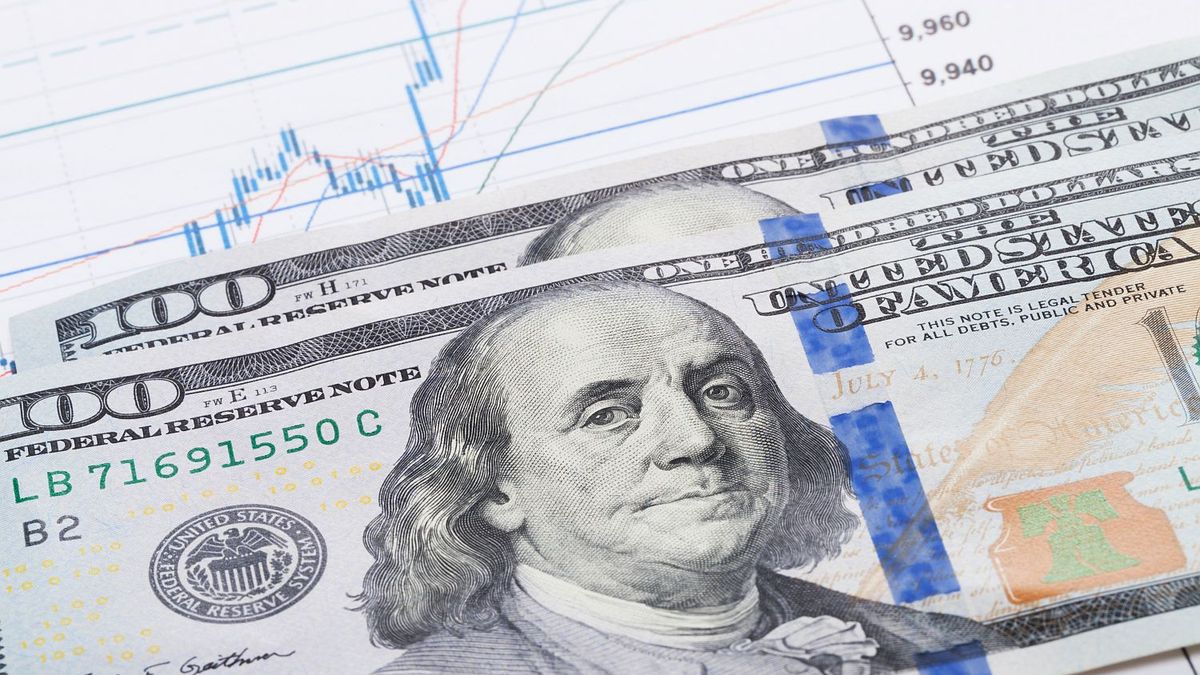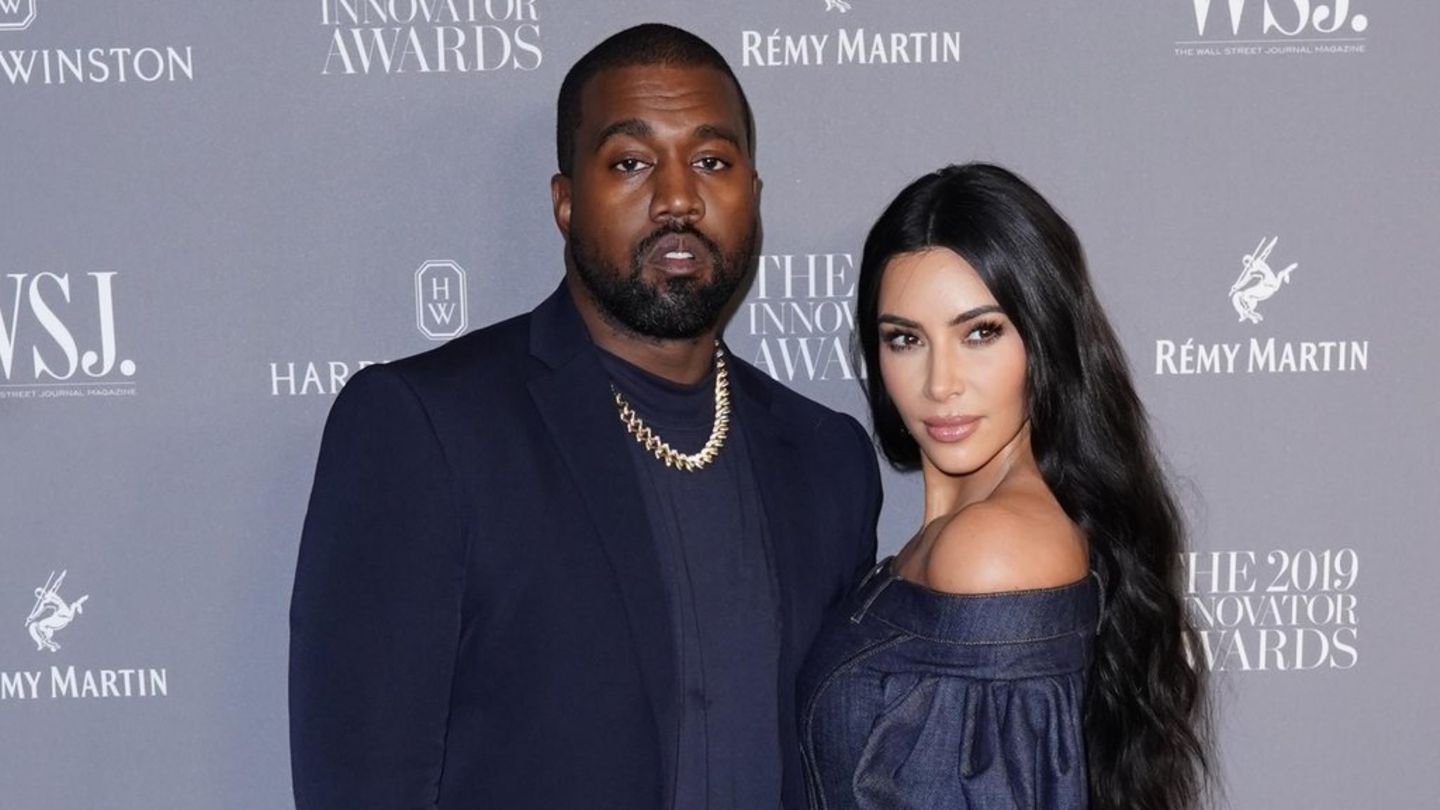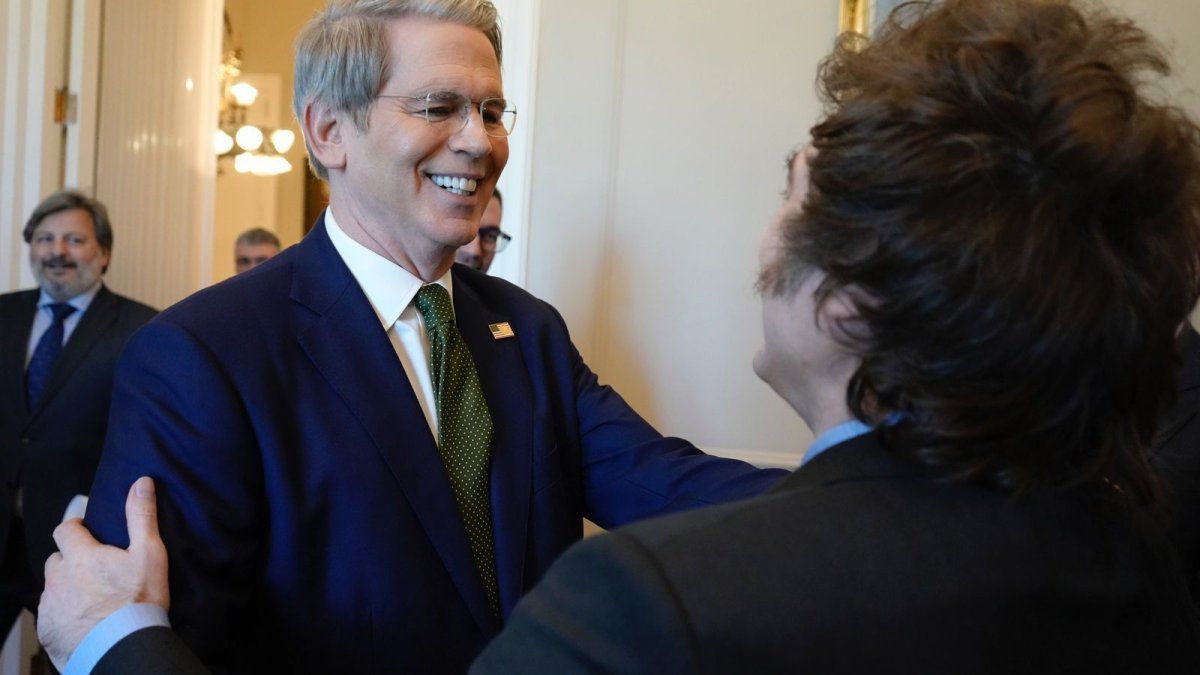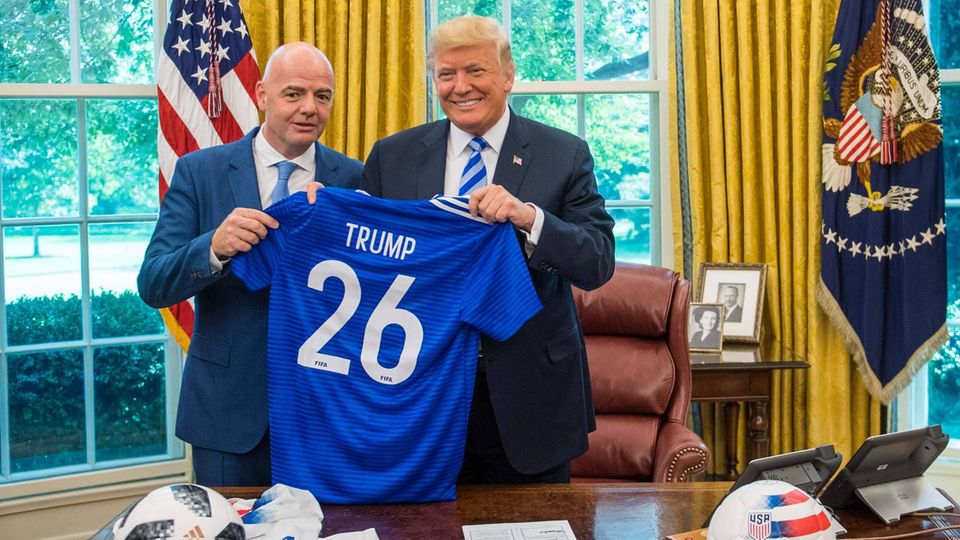Two weeks from runoff in which it will be known who will be the President who occupies the Rivadavia chair, the market begins to analyze the possibilities of what will happen to the dollar after the elections. The uncertainty Despite the polls, it is perhaps greater than what it was in the second round. But if there is consensus about something, it is that exchange market It will be modified after December 10.
The stock company Consultatio prepared a report in which it makes various hypotheses about the future of the official dollar.
Dollar: the scenarios that come after the Massa-Milei runoff
Trying out some possible directions that monetary policy could take, they identify five alternative scenarios. A “forward” scenario, an “upward” scenario, a dollarization scenario and finally one of “classical unfolding.”
1. “Forward” scheme
There is a possibility that the current official dollar scheme will be deepened. That is, with the passage of time, more items begin to be incorporated into the export dollar that allows settle 30% of the currencies to the CCLwhile the remaining 70% follow the official dollar.
For consultatio, the bad thing about this scenario is that “there would be no incentives to maintain government bonds as a hedging mechanism. If so, some pesos will go into the gap and the government would run a financing risk.”
2. Scheme “backwards”
It implies a return to what is known. A simplified regime with two exchange rates – an official, more depreciated and the CCL for free financial operations.
The risk, they emphasize, would be a smaller gap but the persistence of the exchange rate. They warn that: “it is not necessarily a resolution of the external problem that is reflected today in the international reserves”.
3. Scheme “upwards”
Another alternative would be exchange rate unification (with devaluation of the official TC through) with total abandonment of the stocks. “This option seems prohibited due to the costs it entails, and the limitations of the current context,” they say.
The risk: the exchange rate correction would be passed through to prices and could spiralize inflation while increasing the cost of commercial and financial debt.
investments-finance-markets-shares-bonds-dollar.jpg
Depositphotos
4. Dollarization
Milei president’s scenario includes the promise of dollarization. Consultatio’s warning is the number of reserves that are at historic lows. “To redeem liabilities in pesos at the current market exchange rate, an additional US$34 billion would be needed,” they say.
5. “Classical splitting”
Two types of exchange are distinguished, a more appreciated commercial one where current account operations are channeled (imports-exports) and another financial one where financing or capital operations are carried out.
Source: Ambito




